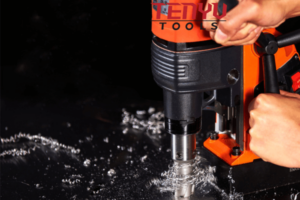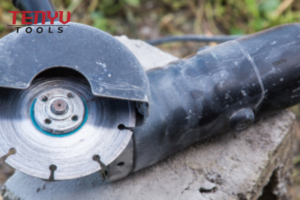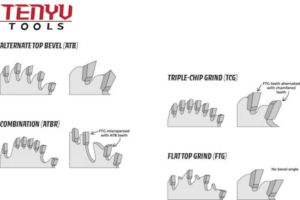What will a Diamond Blade Cut?
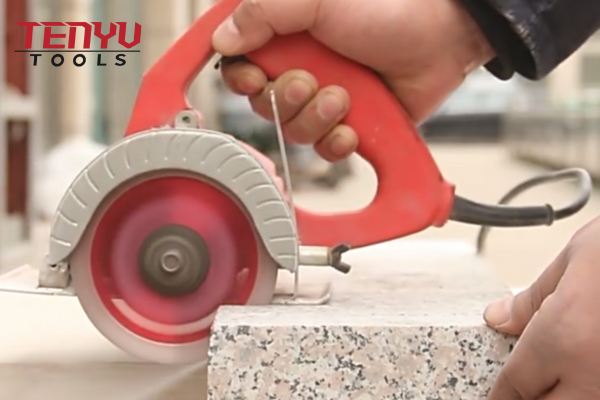
Diamond blades are known for their ability to cut through hard materials like a knife through butter. If you’re unsure about what exactly they can cut, you’re not alone. Whether you’re working with stone, ceramic, or even metal, a diamond blade could be the tool you need. But does it really live up to its reputation for all materials? Let’s break it down.
Diamond blades are widely used in construction, renovation, and manufacturing due to their strength and precision. But there’s still a lot of confusion about their capabilities. Can a diamond blade cut through softer metals like aluminum or brass? What about tough porcelain tiles? Let’s dive in and find out.
Can Diamond Blade Cut Aluminum and Brass Rods?
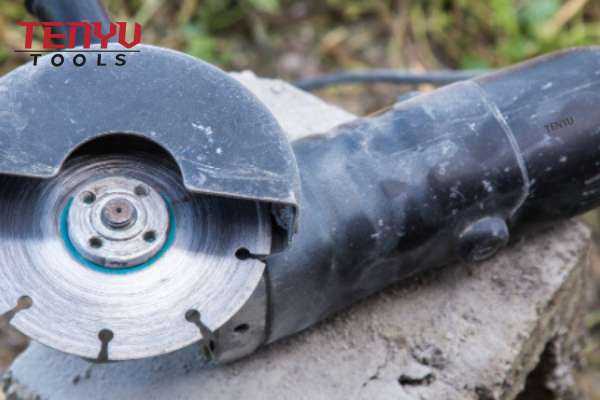
Contrary to what some may think, diamond blades cannot effectively cut through aluminum and brass rods. These metals are much softer than materials like concrete or stone, and while diamond blades excel at cutting harder materials, these softer metals present a challenge for them.
While diamond blades are designed to cut through tough surfaces, they are not suited for cutting through non-ferrous metals like aluminum and brass. Here’s why: diamond blades rely on the hardness of their material to cut and grind through tougher surfaces. But when used on softer metals, like aluminum and brass, they can experience excessive wear and the risk of metal clumping on the blade’s edge. This leads to faster blade degradation and an uneven cut.
Why Can’t Diamond Blades Cut Aluminum and Brass?
Aluminum and brass are soft, malleable metals that do not require the hardness of diamond blades to be cut through. When you attempt to use a diamond blade on these materials, the blade tends to get clogged with metal particles1. This not only reduces its cutting efficiency but also leads to a much quicker wear rate, shortening the blade’s lifespan significantly.
For cutting softer metals like aluminum and brass, a blade made specifically for metal cutting, like a carbide-tipped saw blade, is far more effective. These blades are designed with the right geometry and bonding to tackle these softer metals without experiencing the issues that arise from using a diamond blade.
Diamond Saw Blade for All Cutting Purposes

Diamond saw blades are some of the most versatile tools available, capable of cutting a wide range of materials. But is there a limit to what they can cut? In this section, we will explore how diamond blades function for various cutting purposes.
Diamond blades are usually associated with concrete, asphalt, and stone. However, their versatility means they can be used for a variety of applications. These blades are available in various sizes, shapes, and bonding materials, which make them suitable for cutting everything from granite and marble to ceramics, porcelain tiles, and metals.
Versatility of Diamond Saw Blades
The key to a diamond blade’s versatility2 lies in its design. The diamond particles embedded on the edge of the blade are incredibly hard, allowing them to slice through materials that would dull most other tools. Whether you’re cutting through concrete, ceramic tiles, glass, or even brick, a diamond blade can handle it with precision.
However, choosing the right diamond blade for each material is critical. For instance, cutting through concrete requires a different type of blade than cutting through porcelain tiles. It’s important to ensure that the blade you select is designed for the specific material you’re working with. The wrong choice could lead to slower cutting, increased wear, or even damage to the material you’re trying to cut.
Can you Cut Porcelain Tile with a Circular Saw?
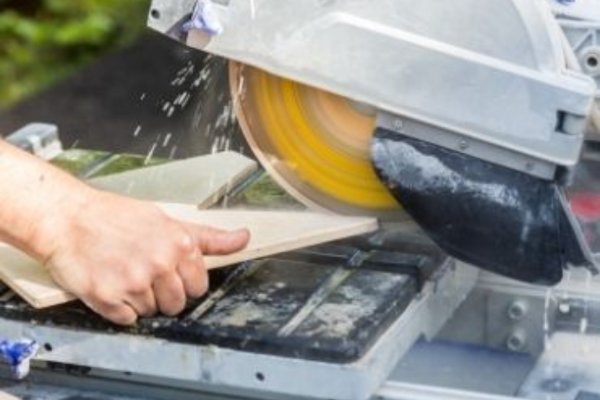
Porcelain tile is a popular choice for flooring and wall designs. But many people wonder if they can cut porcelain tiles with a circular saw. The answer is yes, with the right equipment.
Circular saws can cut porcelain tiles, but it’s not as simple as just grabbing any blade. To effectively cut porcelain tiles with a circular saw, you need a diamond blade specifically designed for ceramic and porcelain materials.
Why Use a Diamond Blade for Porcelain Tile?
Porcelain is a dense and hard material. When cutting through it, the blade must have the right type of diamond concentration3 and bond to ensure smooth, clean cuts. A regular circular saw blade would not be able to handle porcelain tiles effectively because it lacks the sharpness and durability needed to cut through such a hard surface.
For best results, use a continuous rim diamond blade. These blades are designed to minimize the risk of chipping and ensure a smooth, clean cut. If you’re working with thicker porcelain tiles, consider a blade that’s designed for tougher jobs. Some blades even have cooling features to prevent overheating, which is especially useful when cutting tiles.
Can a Diamond Tip Blade Cut Metal?
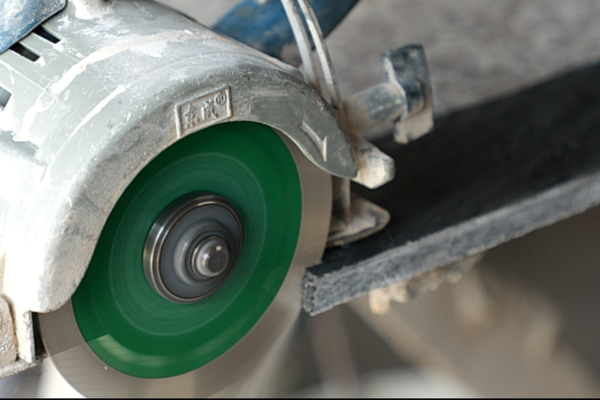
Diamond-tipped blades are designed to handle some of the toughest cutting tasks, but when it comes to cutting metal, they aren’t the ideal choice. While diamond blades excel at cutting through hard materials like concrete, granite, and porcelain, they are not suited for cutting most metals, especially ferrous ones.
The structure of a diamond blade involves a diamond-coated edge that grinds through hard materials. This method works effectively for stone, concrete, and tiles, but metal presents a challenge. When used on metal, the diamond particles can be worn down quickly, and the blade may even become clogged with metal chips, which can prevent efficient cutting. As a result, diamond-tipped blades are generally not recommended for cutting metal.
Why Diamond Blades Struggle with Metal
Cutting metal with a diamond blade can cause the blade to wear down far too quickly. Metal is too soft compared to materials like stone or concrete4, which means the diamond particles don’t grind through the metal effectively. Moreover, metal can heat up rapidly during cutting, which can lead to the blade’s edge losing its sharpness.
For cutting metal, it’s best to use a specialized saw blade, like a carbide-tipped blade or an abrasive cutting blade. These blades are specifically designed to deal with the toughness and heat of metal cutting without degrading prematurely.
Conclusion
Diamond blades are incredibly versatile tools that can cut through a wide range of materials, including stone, ceramics, and concrete. However, they are not suitable for cutting most metals. For metal cutting, you should use a blade specifically designed for that purpose.
-
This will direct to resources explaining the issues faced when using diamond blades for metal cutting. ↩
-
highlights the unique capabilities of diamond blades, which is essential for understanding their function and application. ↩
-
Diamond concentration in the blade determines how effectively it can cut through hard materials like porcelain. ↩
-
"concrete" as a material that diamond blades are effective for helps contrast it with metal. ↩

